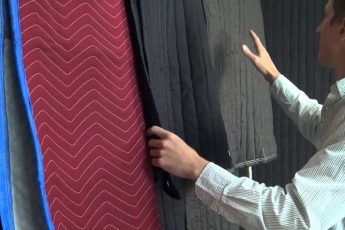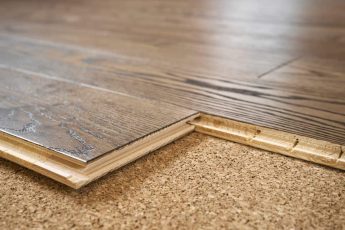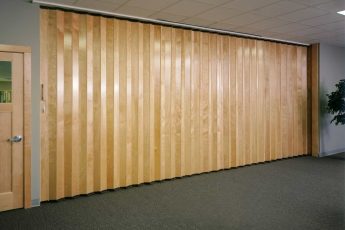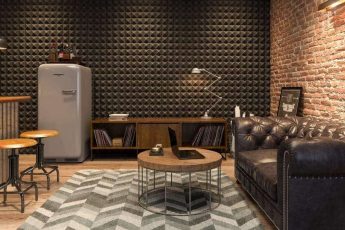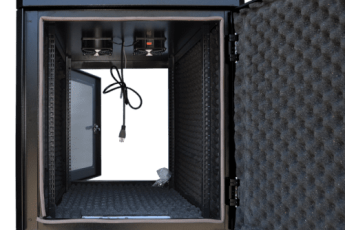If you want to soundproof your bathroom, you must consider some practical steps. There are various materials available that can be used for soundproofing purposes. These include acoustic panels, Porcelain tiles, and Draft stoppers. If you are looking to soundproof a bathroom, make sure you check the gaps around bathroom doors.
Acoustic tiling
Acoustic tiling in a bathroom adds mass to the wall and repels sound waves. One popular option is cork, which has air pockets. These air pockets absorb sound waves and kill vibrations. Additionally, cork is waterproof, making it an ideal option for a bathroom.
Tiles with an acoustic effect are a better choice than those without. They can reduce noise, but they also aren’t very attractive. Acoustic panels are not cheap, and they don’t look very elegant. Also, a painting on the wall will absorb some of the sound. You can also place an old towel behind the painting, cut to fit in the frame.
Another option is to install a suspended ceiling, which prevents noise from travelling above. These ceilings are typically made of metal or wood beams that are suspended from the ceiling. Acoustic ceiling tiles can be placed on top of these beams to block noise and make the room soundproof. Acoustic tiles are also available in different colors, including imitation wood or tin.
If you’re worried about noise coming through the floor, you can use thick rugs. They’ll help absorb the sound before it leaves the bathroom. You can also install cork flooring tiles, which absorb sound but don’t get damaged by normal bathroom heat. And if you have room, consider hanging canvas paintings to absorb sound. However, be sure to check the humidity level to ensure that you don’t damage the artwork.
Porcelain tile is a common choice for bathrooms. It’s waterproof, durable, and affordable. However, it’s also susceptible to transmitting impact sound. In addition, it can also be made from cement board or Schluter Ditra, both of which are waterproof materials. Acoustic caulk can also be applied to the exterior walls of the bathroom to help reduce noise.
Another option for acoustic tiling in a bathroom is installing an acoustic ceiling system. These tiles are generally two feet by four feet and are suspended from the ceiling by metal wire. While this type of ceiling is not widely used in residences, it is an excellent option for lowering high ceilings and concealing exposed electrical or plumbing systems.
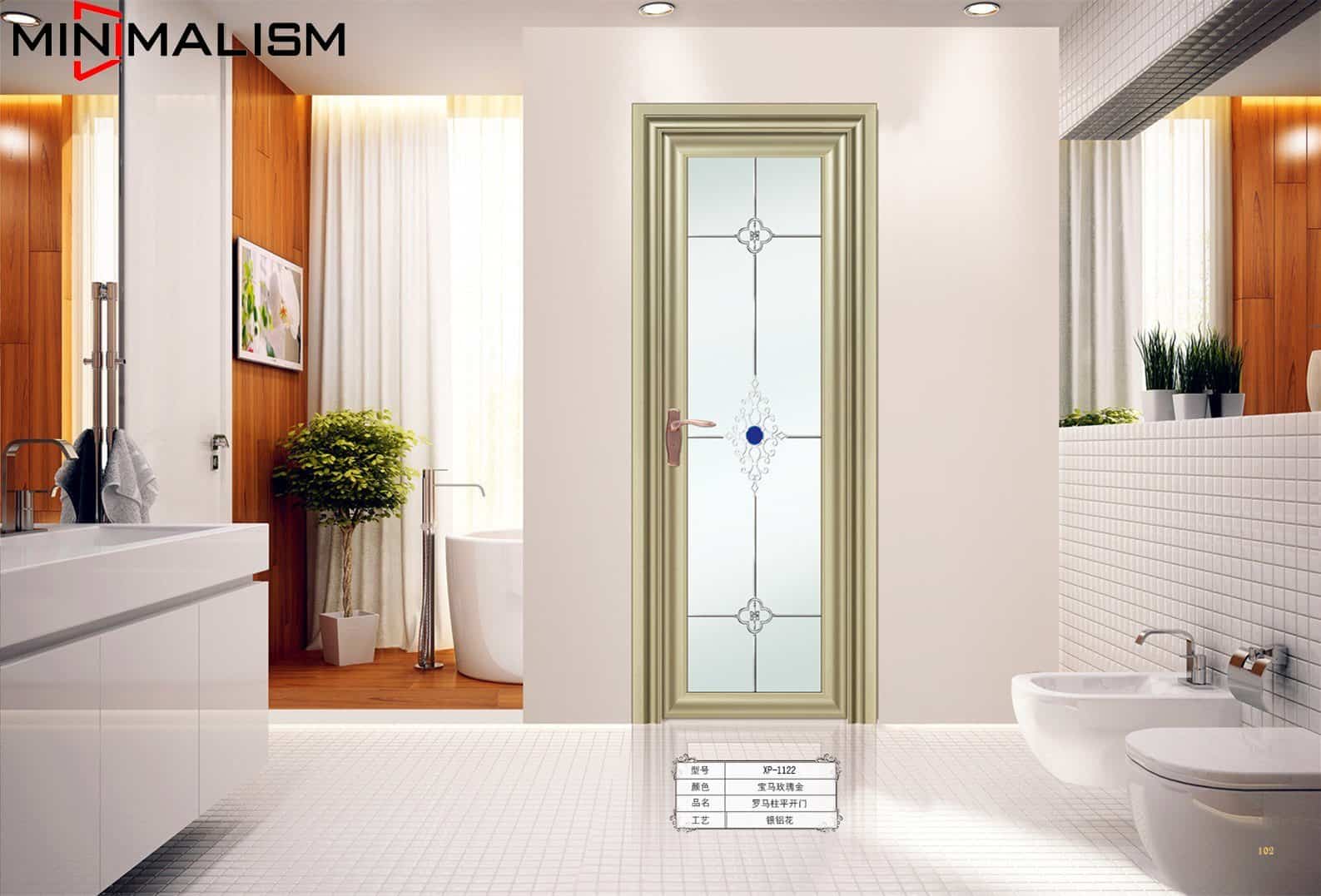
Acoustic panels
Acoustic panels can soundproof a bathroom, but they don’t block all of the sound that escapes through walls and ceilings. Instead, they absorb sound inside the space, improving sound quality and reducing reverberation. The downside of acoustic panels is that they don’t look very appealing, but they do work.
Bathroom doors can also help absorb sound. Make sure you install a thick, dense wooden door with a door sweep. Doors that don’t contain a solid seal will allow sound waves to travel through them, and they should be soundproofed with self-adhesive weatherstrip to prevent leaks.
Acoustic foam can help eliminate noise from outside sources, while acoustic wood panels reduce reverberation. They are easy to install, and are inexpensive for many homeowners. The most durable acoustic panels are made of perforated wood, which is made in the USA by master woodworkers. Perforated wood also has a Class A flammability rating.
Bathrooms can also benefit from a suspended ceiling. This type of ceiling is made up of wood beams or metal beams attached together. Acoustic ceiling tiles are another way to dampen sound from the ceiling. They come in a variety of colors and patterns, and they can be installed on walls or floors. They are also inexpensive, and will reduce echoes in the bathroom.
Another place where soundproofing is essential is the restaurant industry. Noise pollution can ruin the quality of food and keep restaurant owners from maximizing their revenue. By reducing noise, you can enhance the overall experience of the customer and make your restaurant or cafe a more pleasant environment. The same principle applies to office buildings. It’s important to ensure that employees are not distracted by noise in order to concentrate on their work.
Most types of soundproofing products come with a STC (Sound Transmission Class) rating that measures how effectively they reduce noise. The higher the STC number, the better the sound reduction. A 10-STC improvement makes noise feel like it’s been cut in half, and an STC of 3 or less is nearly undetectable.
Draft stoppers
Using Draft stoppers to soundproof a bathroom is a smart way to cut noise in your bathroom. These draft-stoppers are made of fabric that is filled with insulating materials. They fit under doors and windows and will reduce noise leakage. They are also convenient and washable.
Door sweeps are another good way to prevent noise from entering a bathroom. They can be small or large, depending on the size of the gap. They seal the gap between the bottom of a door and the floor, blocking the path of sound. They are easy to install and are less expensive than other soundproofing methods. Additionally, door sweeps will help improve the cleanliness of your bathroom and prevent insects from entering.

Another option for soundproofing a bathroom is to install blown insulation. This type of insulation is composed of low-density cellulose material, which minimizes the transfer of soundwaves through the walls. This type of insulation also traps pockets of air, which helps to soundproof the bathroom.
Soundproofing a bathroom is not difficult and can be done in two parts. You need to first soundproof the bathroom door. Most interior doors are hollow on the inside and have gaps that allow sound to enter. To soundproof a bathroom door, you need to make sure that you tighten the mounting straps.
You can also use weatherstripping tape to seal gaps in doors. These are cheap, simple to install, and work on most materials. You can also cut them to fit the doors. Make sure to place them where the door panel meets the door frame. This way, sound waves cannot exploit the smallest gap.
Another inexpensive solution for soundproofing a bathroom is to add an additional layer of drywall on the wall. While this solution is not ideal, it will prevent unwanted noise and make your bathroom more pleasant for you and your guests. You will be glad you made the extra effort. Just remember that it will take time and money.
In addition to draft stoppers, you can also use thick fluffy towels on the bathroom floor. These soften the floor and absorb noise. Also, since most bathrooms have windows facing outwards, you can use soundproof window screens to block out noise from the window. You can even use a heavy screen for windows.
Porcelain tile
There are a number of ways to soundproof your bathroom. The best option is to use solid doors that match the rest of the house. Alternatively, you can use a soundproof curtain or blanket. This won’t completely seal the room, but it can help reduce the echo and keep noise at a comfortable level. Another solution is to use MDF panels, which come in various patterns and designs. You can also opt for Acoustic Fiberglass panels, which are waterproof and soundproof.
Changing the flooring can also help reduce noise. A thick mat will help absorb impact sound. You can also change the plumbing lines for a quiet bathroom. However, you need to ensure that you leave enough space between the floor and walls so that the noise doesn’t bounce around too much.
Another option for soundproofing a bathroom wall is to add extra layers of drywall. This can be done in two steps: during the construction phase or after the fact. You can also add a layer of damping compound to the wall cavity to help absorb sound. This will be more effective in damping vibrations and preventing the reverberation of sound.

In addition to soundproofing walls, you can also use thick fluffy towels in the bathroom. They will absorb the noise before it leaves the bathroom. Another inexpensive and effective solution is to use acoustic ceiling tiles. These tiles come in a variety of colors and textures. Some even look like tin or wood.
Another way to soundproof a bathroom is by installing thick rugs or curtains on the walls. The rugs should be made from moisture-resistant materials to reduce the noise in the room. You can also use cork flooring tiles as they can absorb sound without affecting the normal heat of the bathroom. Other alternatives include using potted plants on the walls or placing thick fluffy towels on towel racks.
Installing sound-absorbing floor mats is another inexpensive option to soundproof a bathroom floor. You can even install them yourself. There are several options for interlocking floor mats available in home stores. Some of them use a pin or Rubber Puzzle mechanism to connect together. You should lay the floor mats loosely, flush against the border of the tile. When laying them, cut out the protrusions that stick out so that they connect with the recesses of the tiles on the border.

